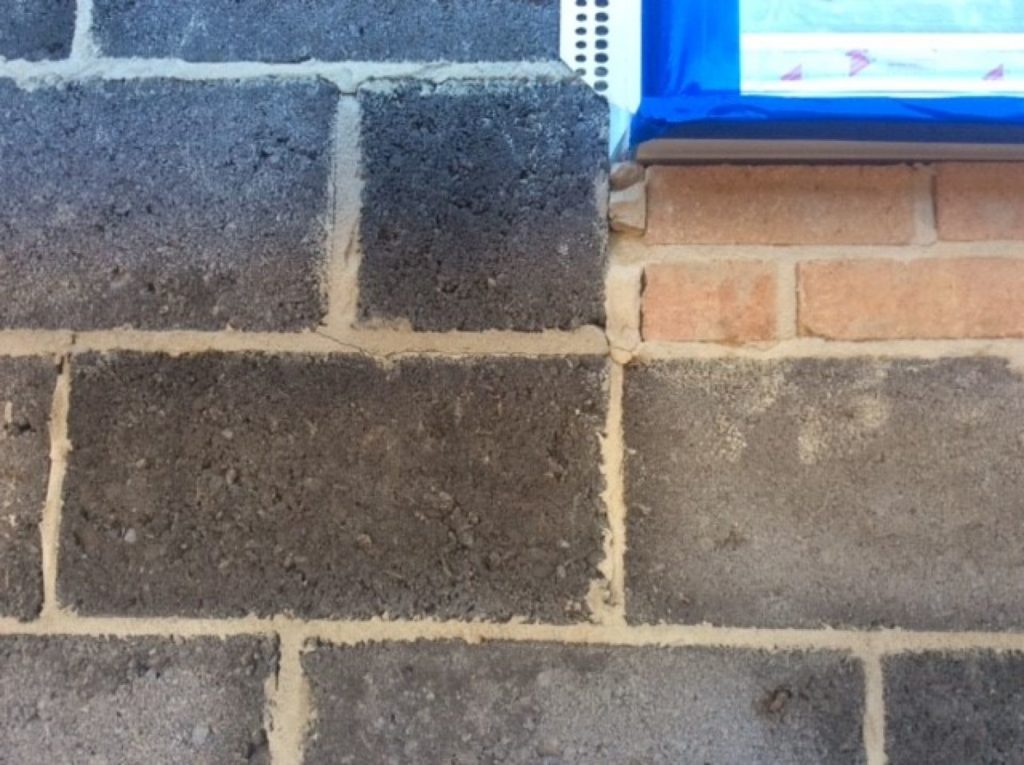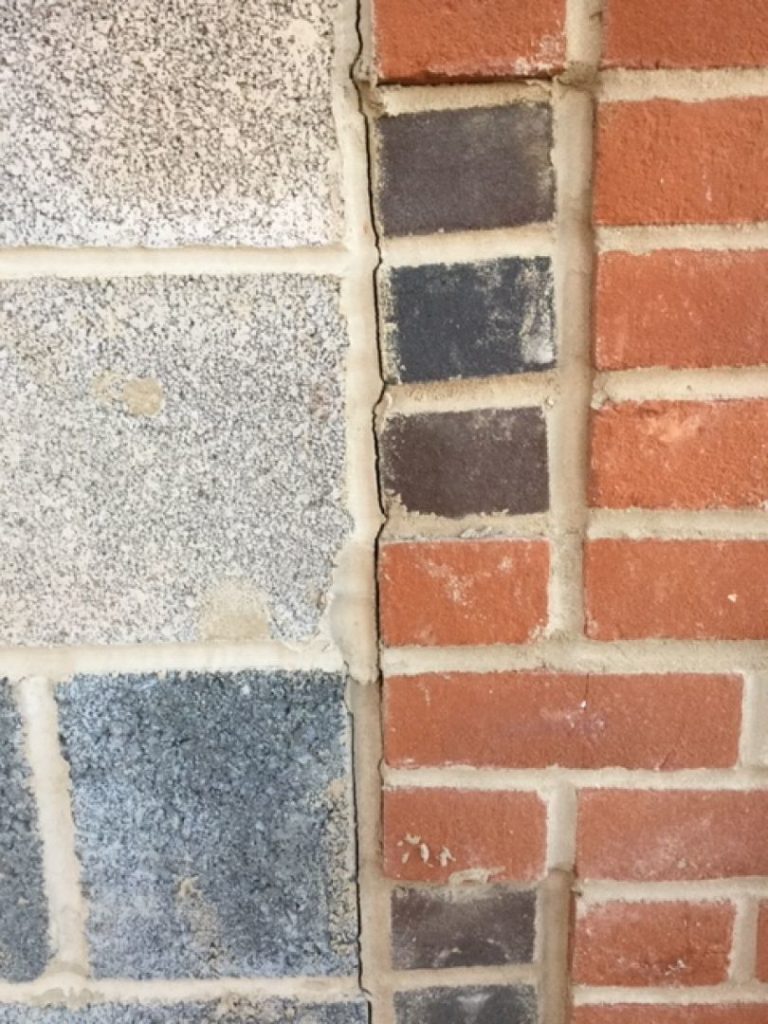
How to render onto a mix of substrate types
There are so many unknown irregularities when rendering onto a mix of substrate types that prevent an informed judgement being made on how to carry out the work. Here’s Saint-Gobain Weber’s advice on the best action to take.
This issue is usually regarding the different expansion and contraction rates of various types of brick and blockwork, which causes stress and potentially even crack the render over time.
Before starting the job, it is essential that a suction assessment is undertaken to determine the level of absorbency within the blockwork.
If the absorbency is high, it will need to be lowered before proceeding any further. In normal circumstances, careful controlled dampening with water may suffice but in more extreme cases an application of weberend aid would be needed.
weberend aid is designed to equalise suction and should be used when rendering onto mixed backgrounds.
Please note that although weberend aid will create a suitable key once stippled and an even suction rate once dry enough. Saint-Gobain Weber cannot guarantee against cracking from the substrate due to differential movement from the different types of substrates that lie beneath the surface.
With this in mind, it’s a good idea to incorporate a control joint at the point where the two materials meet. Render profile beads with a preformed seal or elastomeric coating can be used for this.

Good adhesion is the key to successfully applying render and this is dependent on how good the porosity of the substrate is. If the suction is too high the render will not hydrate sufficiently. If it is too low, there can be issues forming a good bond. So, all substrates should be clean, dry, sound, and free from anything that may interfere with the adhesion, such as oil, grease, and soluble salts.
Rendering onto a mix of substrates is not something Weber recommends and unfortunately it will not guarantee against cracking, but if none of the other options work then use weberend aid to help form a bond between substrate and render.

Visit the Saint-Gobain Weber website to access application tutorials and a consumption calculator to work out how much weberend aid is needed for your project.




